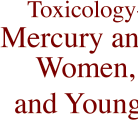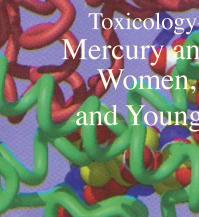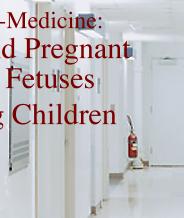 |
|||
 |
||||
CALENDAR |
||||||||||||||
HOME |
||||||||||||||

Exposure Assessment
The confusion and contradictions surrounding an understanding of mercury poisoning, particularly associated with tuna and related fish consumption, are matched only by a genuine concern about the real dangers. Unfortunately, concern alone neither addresses the confusion nor clears up the contradictions. If anything, it only further clouds a dispassionate analysis.
There are a number of reasons for this:
1. The data and its application are presented as a risk assessment, not a causation analysis. Most commentators do not understand the purpose of a risk assessment and its distinction from causation analysis. Since a risk assessment focuses on the potential or likelihood of an effect in a group of people, for a range of exposures, rather than, as causation analysis does, pinpointing an actual occurence in a specific person under a specific set of conditions, this is considered too vague and unreliable to mean much of anything. ‘Likelihood’ and ‘risk’ mean unknown and perhaps unknowable factors, so those on one side of the issue tend to read too much into the RA, while the other side reads too little into it, and everyone else is left somewhere in the middle to choose sides in what is seen as little more than a contest rather than a serious scientific analysis.
2. The agencies responsible for providing guidance and regulations—in this case the Environmental Protection Agency (EPA) and the Food and Drug Administration (FDA)-- have put out separate standards that are not entirely consistent with one another, and that contradict the joint advisory they put out in March 2005, adding to the confusion rather than clearing it up.
3. Tuna in particular and other fish as well are important, inexpensive, and very good and healthy low fat sources of high quality protein and other nutrients, particularly omega-3-fatty acids. So this is not simply a risk assessment of mercury but a benefit analysis of tuna/omega-3-fatty acids, and there’s no simple way to combine these two distinct analyses. Studies indicate that mercury and omega-3-fatty acids have opposite effects on intellectual functioning in the young but cannot precisely quantify the beneficial or deleterious effects of either so comparison and balancing is not black and white but is rather a continuum among the young of which risks and which benefits are more important at very particular points in one's life.
4. Assessment of chemical exposure is difficult under the best of circumstances, since direct measurements are rare. Exposure usually has to be reconstructed retrospectively and target tissues (in this case fetal brain tissue) are rarely available to determine dose, so a surrogate of exposure / dose must be used instead. When a surrogate involves extrapolation from mother to fetus this only multiples the problems, leaving much room for error, misinterpretation, misrepresentation and misunderstanding. Different groups with different interests and agendas have much to choose from—and much to ignore—to make their case.
The following addresses each of these issues, to clarify and put into context what is and is not being put forth about the mercury hazard in tuna and other fish. This should assist a more balanced judgement about the risk and how to respond to it.
1. Risk Assessment versus Causation Analysis
Risk Assessment (RA) is not a guessing game. It is a well-established scientific procedure that requires reliable data to predict the likelihood of increased adverse effects in a population exposed to a range of chemical concentrations (compared to an unexposed population). It is designed to provide guidlelines and to support regulations to control chemicals and protect people's health. It does not pinpoint causation of a chemical in a particular person under a particular set of exposure conditions. The National Academies of Science (NAS) concluded that the data available for this risk assessment was of high quality, that all the data converged to support the EPA Reference Dose (RfD) amount, and that there was a high degree of confidence in the resulting RfD. The Integrated Risk Information System (IRIS) concluded that the RfD was based on a ‘wealth’ of information.



